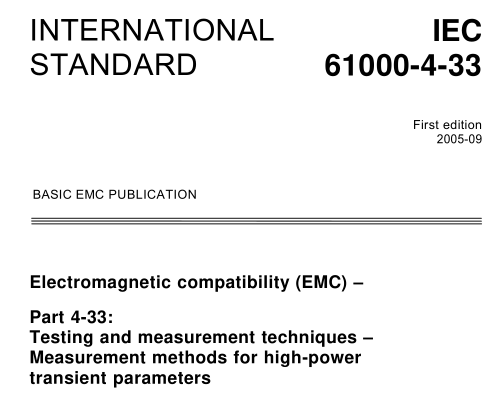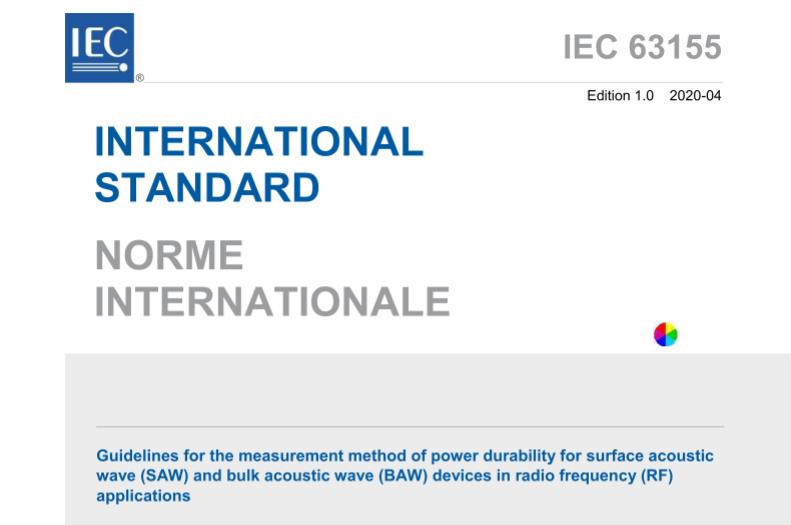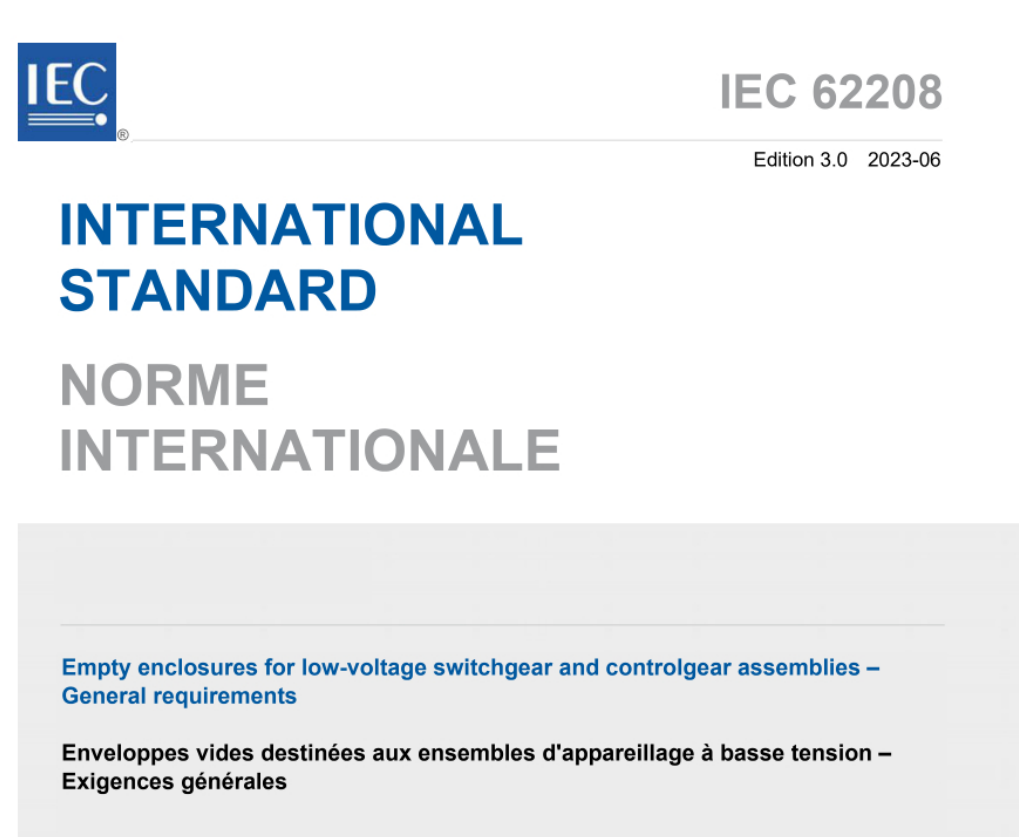This part of IEC 61000 provides a basic overview of the methods and tools (e.g., instrumentation) used for measuring responses to high-power transient electromagnetic parameters. These responses can include:
- The electric (E) and/or magnetic (H) fields (e.g., incident fields or both incident and scattered fields within a system under test);
- The current (I) (e.g., induced by a transient field or within a system under test);
- The voltage (V) (e.g., induced by a transient field or within a system under test);
- The charge (Q) induced on a cable or other conductor.
Note: The charge (Q) on a conductor is a fundamental quantity that can be defined at any frequency. However, voltage (V) is a secondary quantity, which is valid only at low frequencies. At high frequencies, voltage cannot be defined as the line integral of the E-field, since this integral depends on the path. Therefore, for very fast-rising pulses with significant high-frequency spectral content, using voltage as a measurement is not valid. In such cases, charge is the preferred quantity to measure.
The measured quantities typically result in complex, time-dependent waveforms, which can be approximated by several scalar parameters, or “observables.” These parameters include:
- The peak amplitude of the response;
- The waveform rise time;
- The waveform fall time (or duration);
- The pulse width;
- Mathematically defined norms derived from the waveform.
This International Standard provides guidance on measuring these waveforms and on mathematically determining the parameters that characterize them. It does not specify level requirements for testing.


